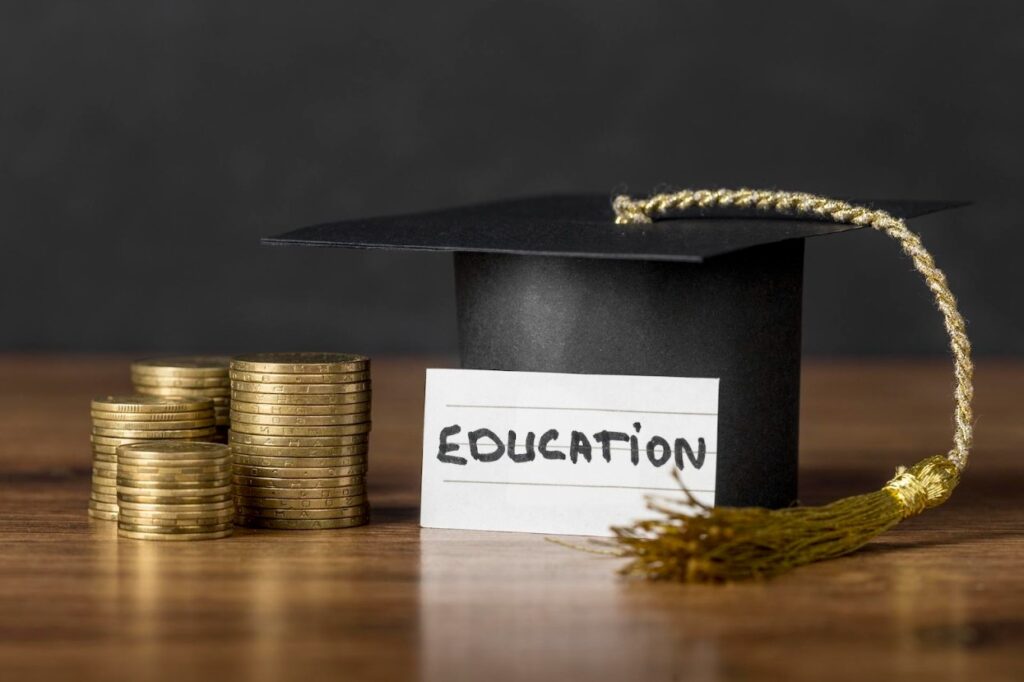Student loan debt has already been making the news lately. Debt is a deterrent for many young people seeking a higher education in colleges and universities. But their woes are not over yet.
The cost of borrowing money to pay for college studies is going to soar to the highest point in 16 years. With an interest rate that is so high, can anyone even afford college anymore? Let’s find out.
Highest Level Since 2008
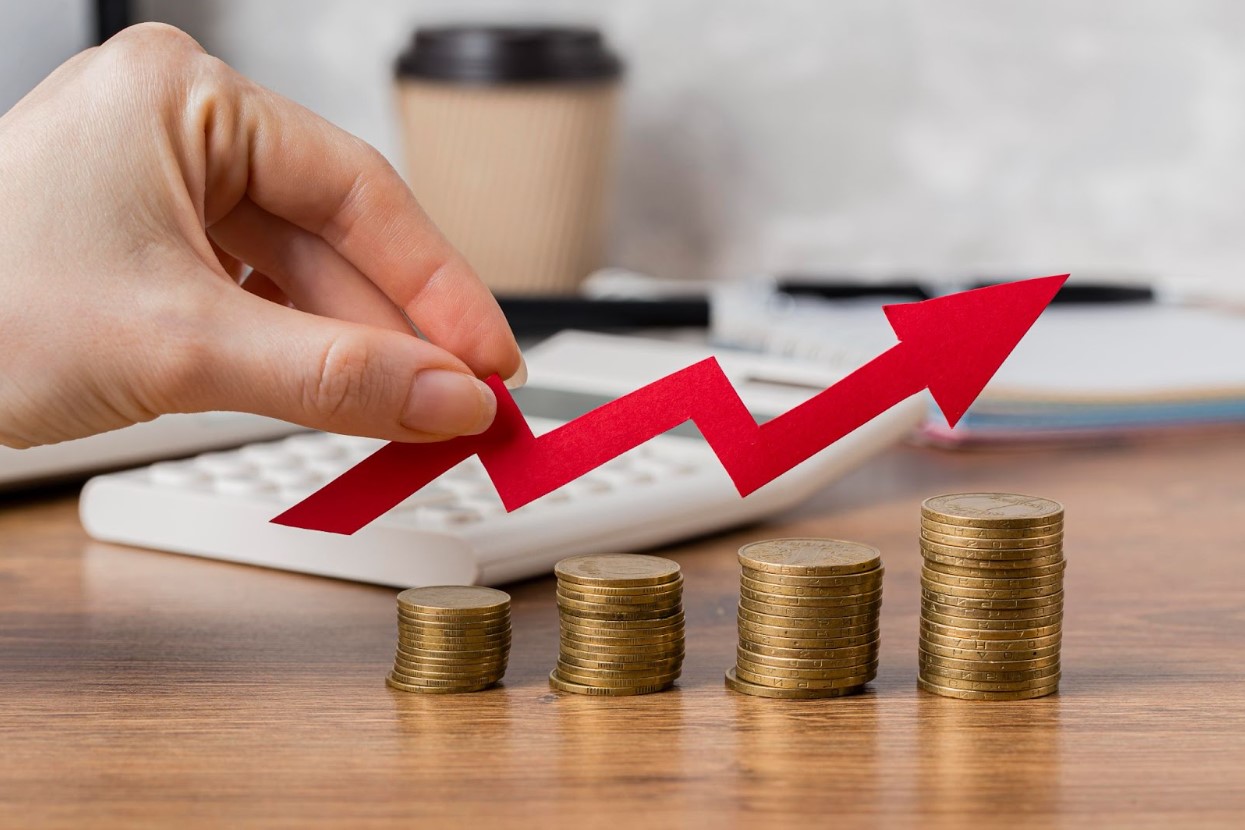
The current interest rate of a new student loan is 5.5%. But in July this year, the federal undergraduate loan interest rate is going to climb to 6.5%.
This rate is reaching a new peak since 2008, the highest it’s ever been. And financial aid expert Mark Kantrowitz told ABC News, “It’s a shock because people had gotten used to low rates.”
New Rates for the Upcoming Academic Year

Thankfully, since student loans are usually fixed, the new interest rate of 6.5% will only apply to new loans without affecting previous ones.
The new rate will apply to loans for the new academic year (2024-2025), effective on July 1. But the burden for new loans with this new rate is going to be heavy.
Calculating Costs
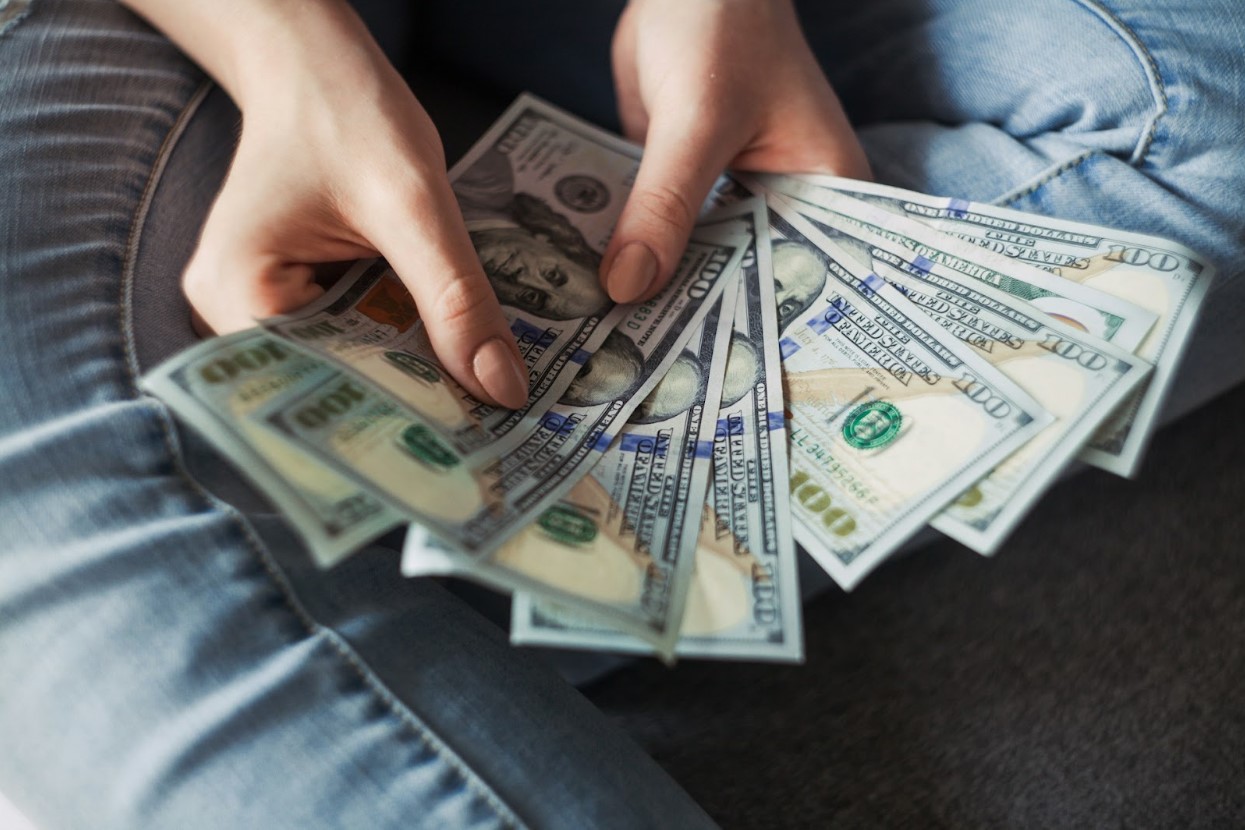
Nancy Goodman, founder and executive director of higher-education nonprofit College Money Matters, said the new rate is going to be “a big burden,” which she hates to see imposed on students.
A 10-year student loan of $28,000 under the new rate will make the borrower pay about $10,000 in interest. This is roughly 35% higher for the borrower’s cost compared to a student with foregoing loans. New borrowers would have to pay an additional $2,000 over the course of the loan when compared with the current rate.
The Federal Reserve’s Influence
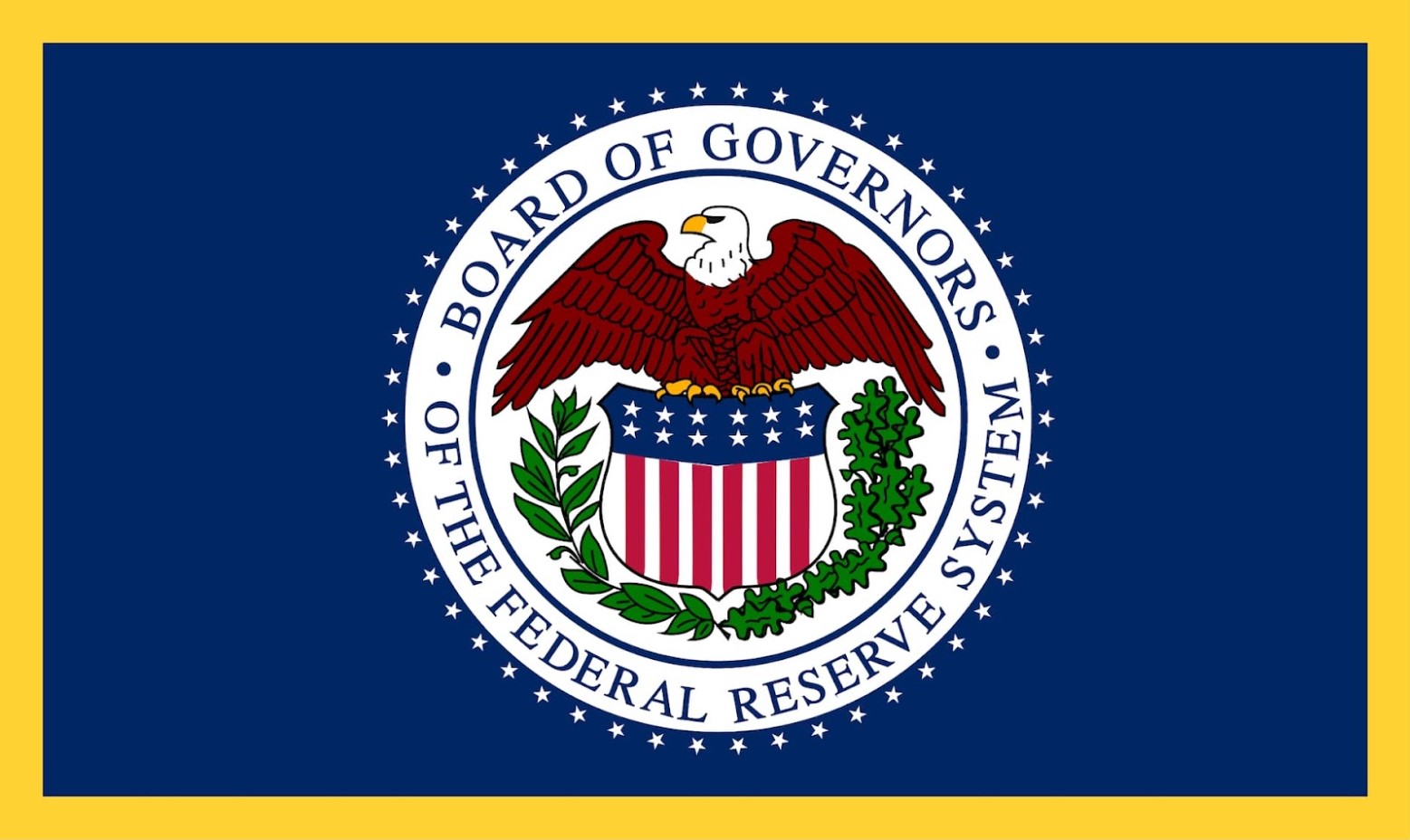
The new interest rate can go that high thanks to the Federal Reserve’s influence. The borrowing rate for student loans is set by adding a fixed amount of 2.05 percentage points to the yield on the 10-year Treasury bond, determined each year in May at an auction.
In this year’s auction, 10-year Treasury bonds were sold at a 4.48% yield. In turn, the yield for 10-year Treasury bonds closely follows the benchmark interest rate set by the Federal Reserve. That benchmark rate remained relatively low for years but has surged since 2022 when the Fed undertook an aggressive series of interest rate hikes to fight inflation.
Caught up in Inflation
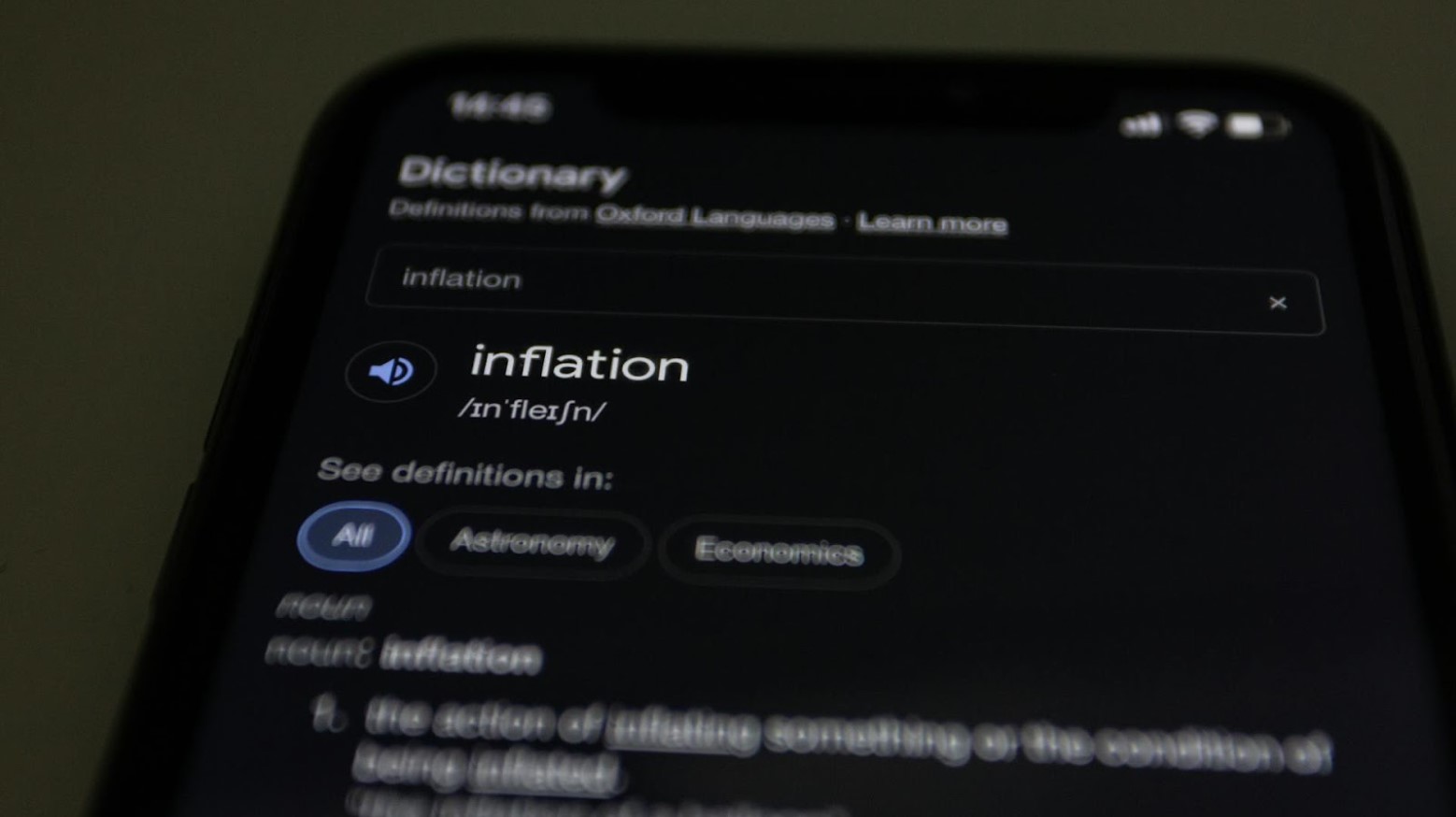
Yes, the student loan interest rate is rising because interest rates in general have risen. “Student loans have gotten caught up in the Fed’s attempt to rein in inflation,” Goodman remarked, “and the students who are borrowing are going to pay the price.”
But back in December, the Federal Reserve forecasted three quarter-point interest rate cuts throughout 2024. So, what happened? You can blame it on the stubborn inflation, apparently. The Fed doubled back on their forecast, now casting doubt about whether those rate cuts will still happen after all.
Fed’s Interest Rates at the Peak

At a meeting earlier in May 2024, the Fed held interest rates steady at their highest level since 2001. And it’s just the 10-year Treasury bonds’ luck to have their auction in the same month.
As the student loan interest rate depends on the yield of 10-year Treasury bonds, the delay of the interest rate cuts trapped the high borrowing costs for students for the next academic year.
Colleges Are Becoming Less Affordable
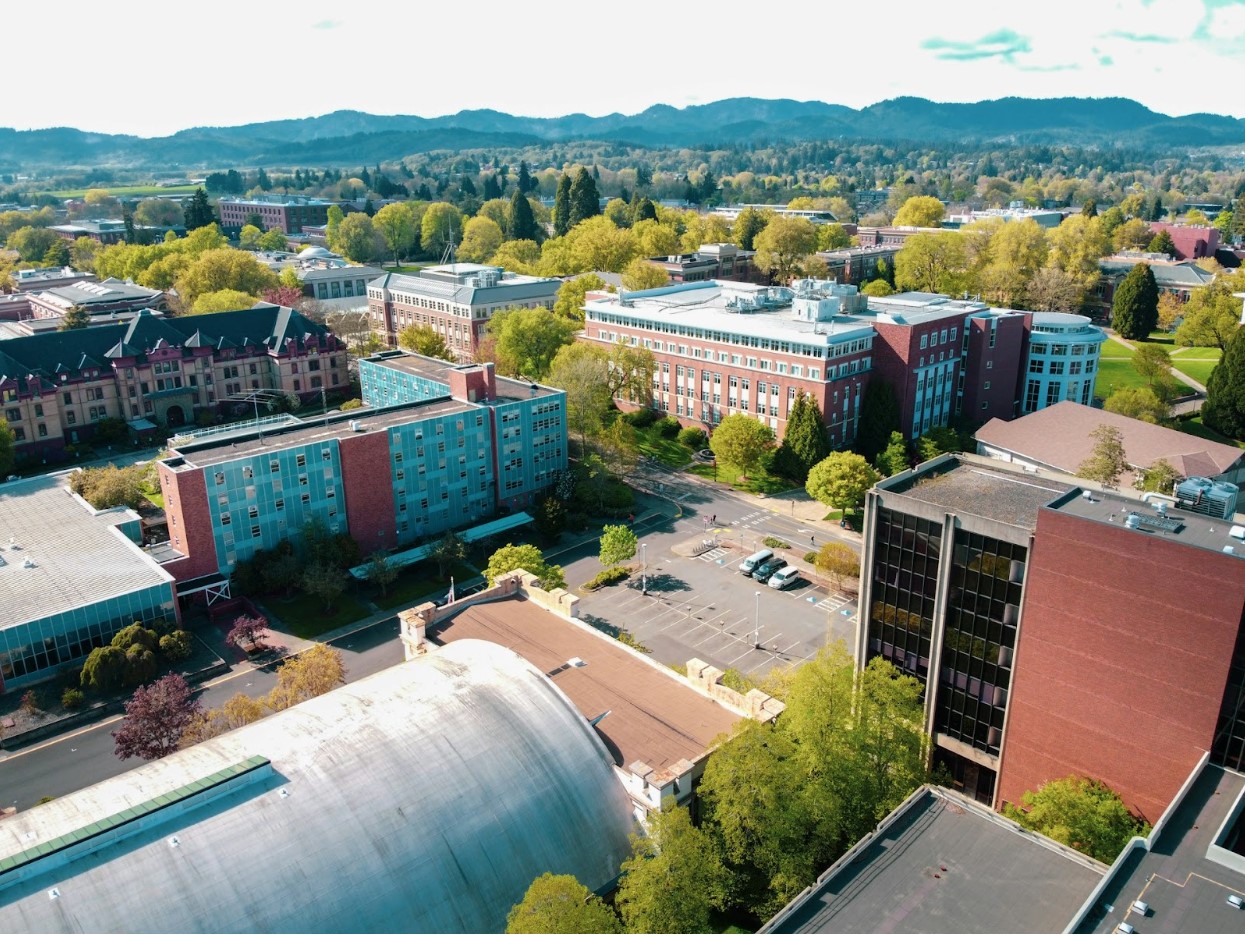
Kantrowitz lamented, “College is becoming less and less affordable every single year.” The increase in borrowing rates will make the cost of tuition, especially for low- and middle-income students, particularly burdensome.
The average annual tuition for a four-year, in-state public college is $11,260 for the most recent academic year. This already amounted to a 2.5% increase before being adjusted for inflation.
Private Colleges Even More Expensive

The price is higher for a four-year education at a private institution. The annual tuition stood at $41,540 over the 2023-2024 academic year, marking a 4% increase before being adjusted for inflation.
These numbers don’t bode well at all for college enrollment rates. In public four-year colleges, enrollment dropped by 75,000 (1%). It may seem like a small percentage, but if you add it to the overall enrollment rate for all undergraduate applications, the total number of enrollments has fallen by 6.6%.
Fewer Students Pursue Federal Loans
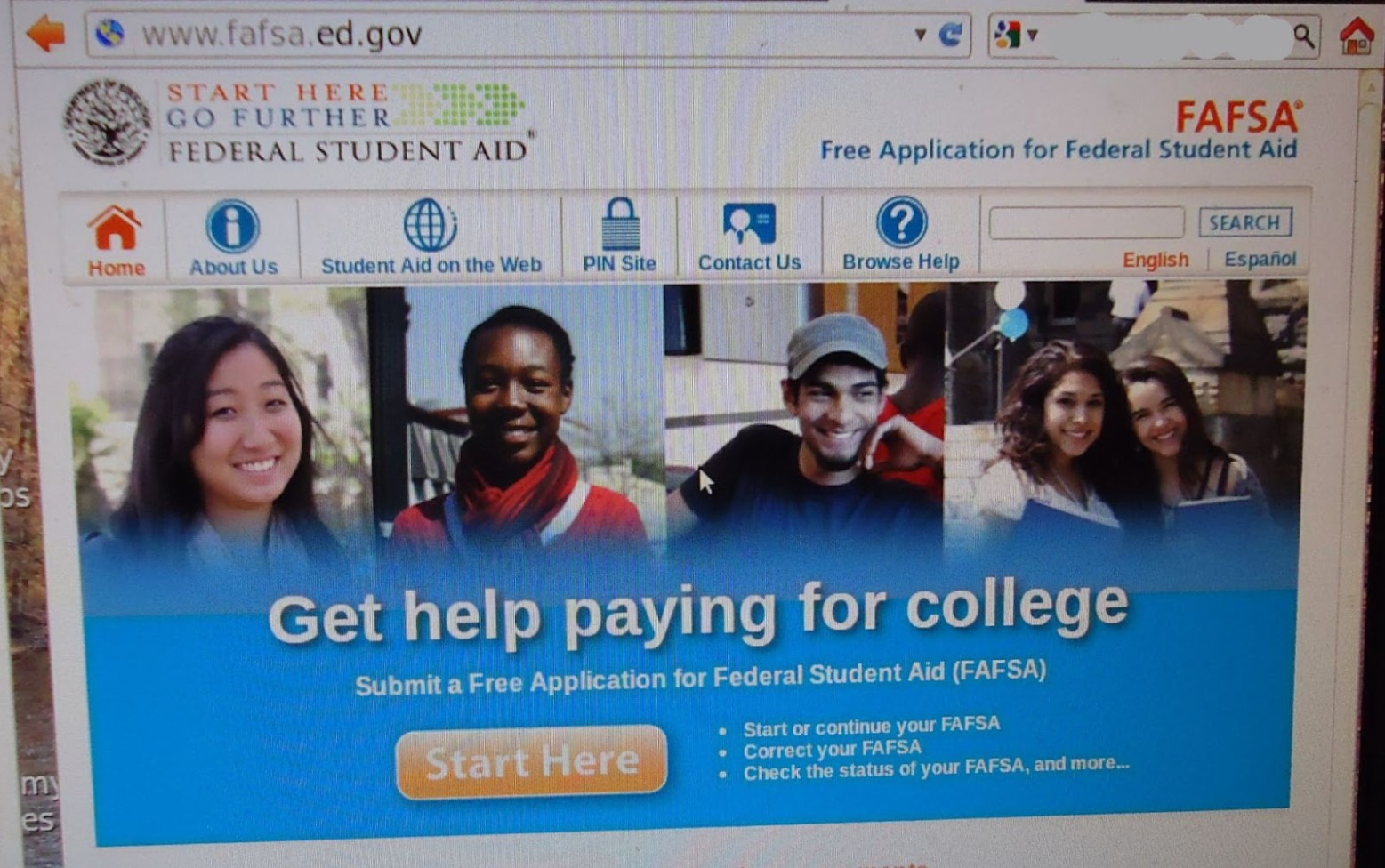
And there are fewer students pursuing federal loans as well. In the 2023-2024 academic year, around 35% of college students have finished the Free Application for Federal Student Aid (FAFSA).
This share of college students completing FAFSA forms is actually a decline of 13 percentage points compared to the previous academic year (2022-2023), according to the National College Attainment Network.
Colleges Should Be Worried

A reduction in the number of aid applications may suggest that college students are either finding low-cost options or not going to college altogether, Goodman theorized.
“Colleges should be a little concerned,” she said. “Students are getting smarter about the cost of borrowing, and colleges are having a more challenging time filling their classes.” Finally, she acknowledged, “This is hard for everybody.”
Discouraging News for Students
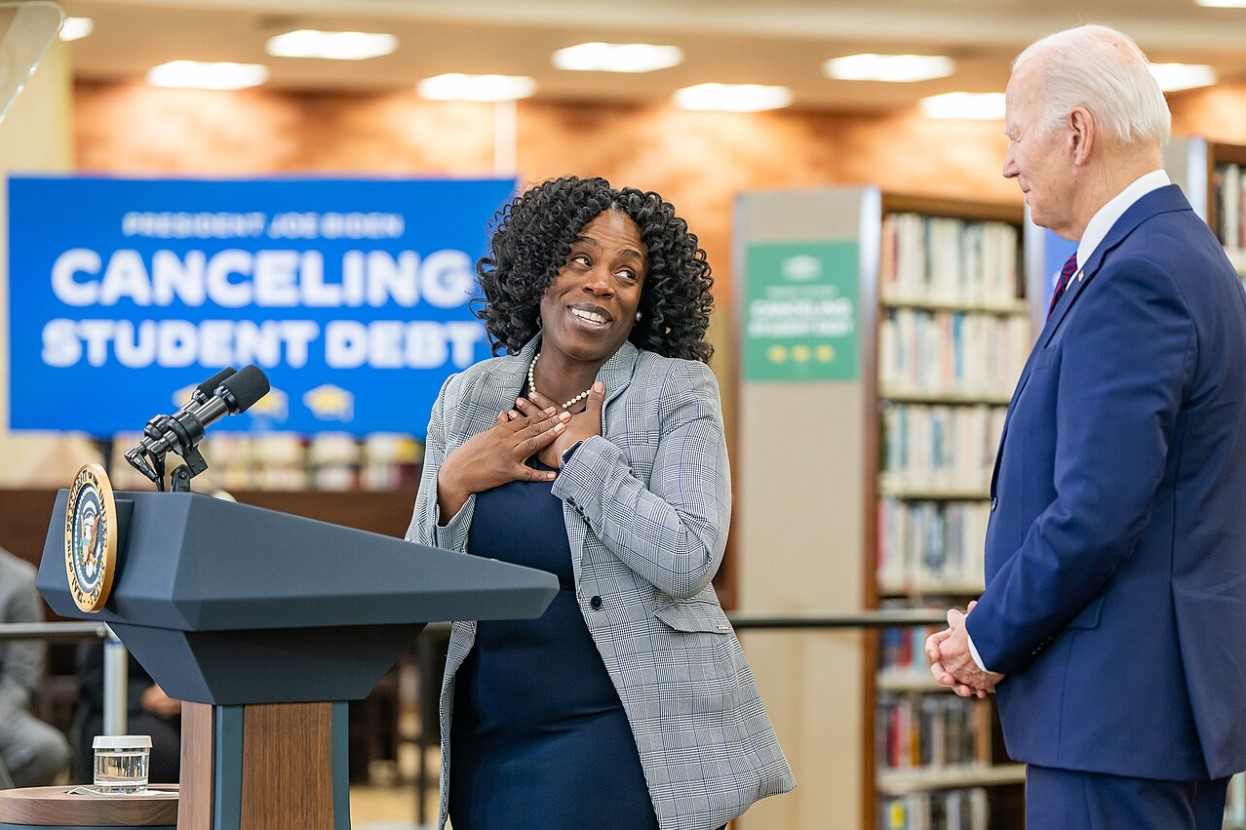
High tuition and fear of student loan debt are already discouraging many young men from going to college. It’s like they’re giving up before even starting to fight. But it’s not surprising, as many borrowers admitted to postponing a significant life event due to their state of finances.
Having a higher interest rate that would weigh down their pockets is not an optimistic outlook at all. Who knows when else a president will hand out student loan forgiveness for borrowers?
